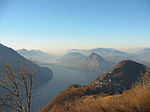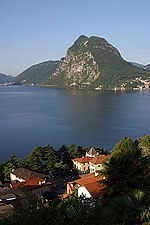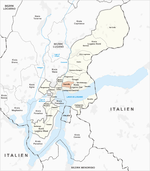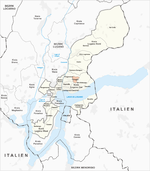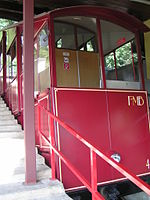Gandria

Gandria is both a quarter of the city of Lugano in the Swiss canton of Ticino, and a village on the northern shore of Lake Lugano, which forms the core of that quarter. Until 2004, the quarter of Gandria was an independent municipality, joining with Lugano in that year.The quarter of Gandria includes the rural slopes surrounding the village and stretching along the lakeside from the neighboring quarter of Castagnola-Cassarate to the border with Italy. It also includes the slopes on the opposite, (southern) side of the lake around the small settlement of Cantine di Gandria, that are accessible only by boat or on foot.The historically protected center of the village of Gandria, which is also not accessible by car, attracts visitors from all over the world. While roads now reach the outskirts of the village, many of these visitors arrive by boat services on the lake. It is also possible to walk from Lugano to Gandria and back to Lugano via a footpath, now branded the Olive path, which passes plantations of olive trees and offers views of the Lake of Lugano.
Excerpt from the Wikipedia article Gandria (License: CC BY-SA 3.0, Authors, Images).Gandria
Sentiero di Gandria,
Geographical coordinates (GPS) Address Nearby Places Show on map
Geographical coordinates (GPS)
| Latitude | Longitude |
|---|---|
| N 46 ° | E 9 ° |
Address
Sentiero di Gandria
Sentiero di Gandria
6978 (Circolo di Lugano est)
Ticino, Switzerland
Open on Google Maps


